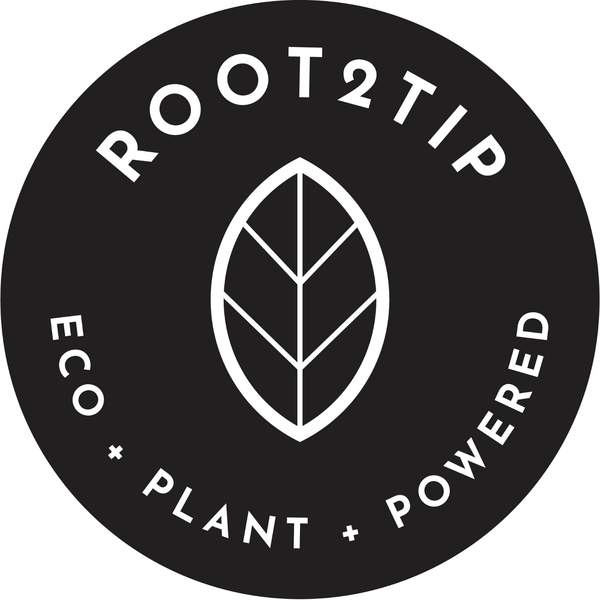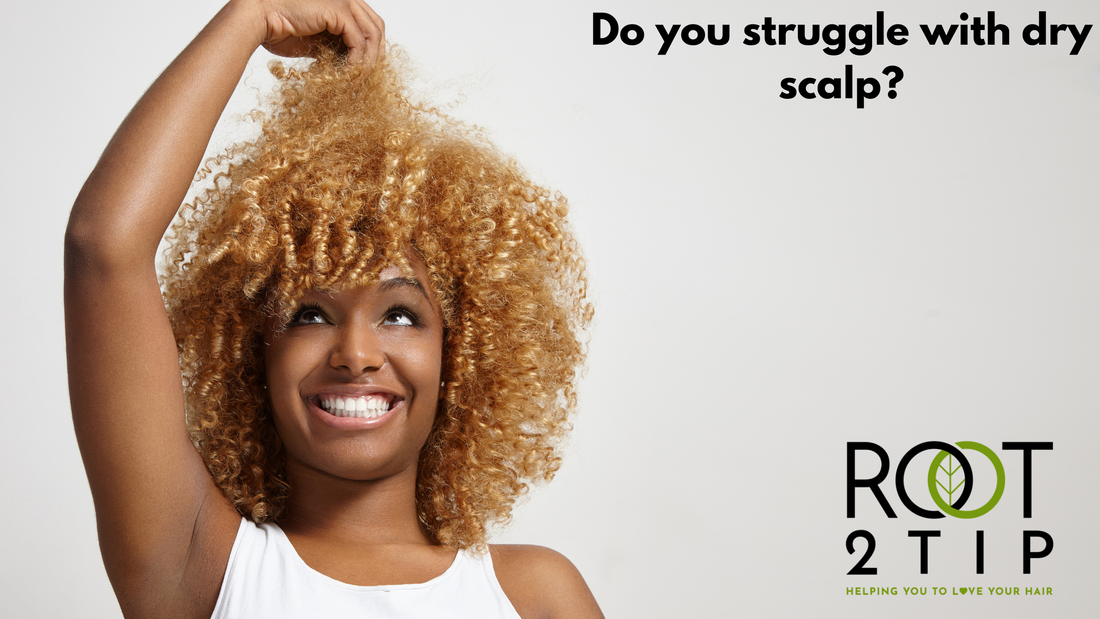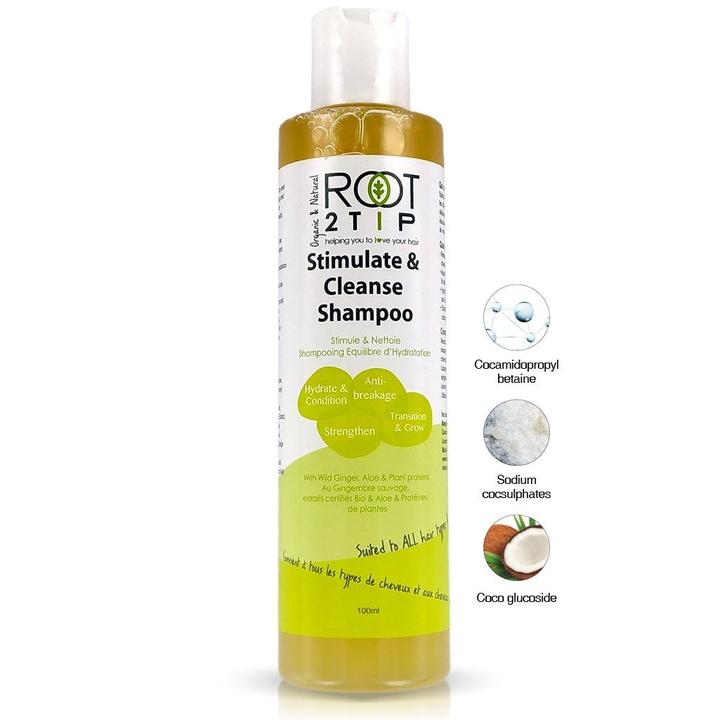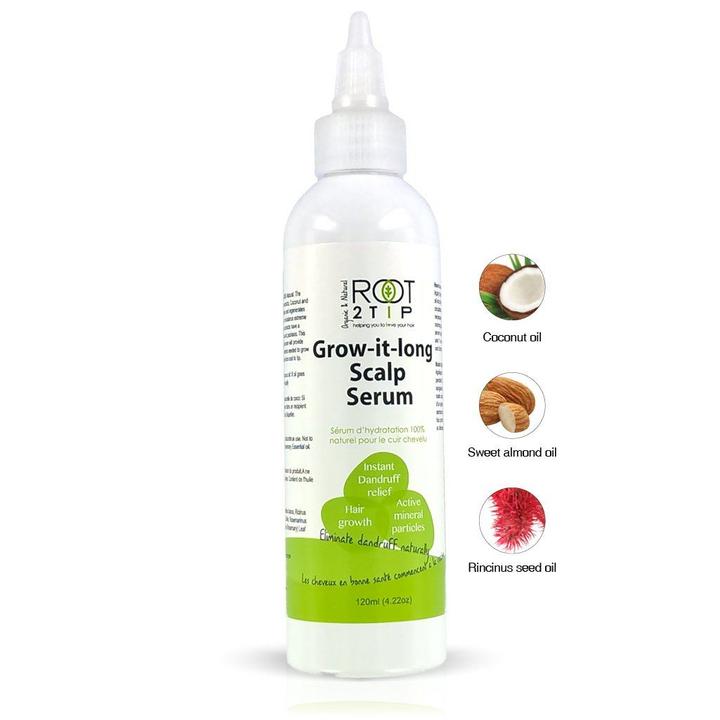Help, do I have Sebhorreic Dermatitis or just dandruff?
Seborrheic Dermatitis sometimes referred to as ''seborrheic eczema'' is an inflammatory skin disorder that affects the scalp, amongst other areas like the face and torso. Typical symptoms of seborrheic dermatitis include scaly, flaky, and itchy red skin. In young and older adults, it usually appears as what we more commonly know as dandruff.
Around 3% of the adult population suffer with this condition which is not contagious or genetic, but could be due to a homonal imbalance or linked to our hormomes.
Cradle cap and Sebhorreic dermamtitis:
Babies actually suffer with a mild form of sebhorreic dermatitis in the form of cradle cap in the first few months of life. It can present itself as a mild light flaking or eventually thicker plaque like flakes that can cause significant discomfort. In adults the condition +is very itchy at times and can lead to significant loss of self-esteem and confidence.
What Does Seborrheic Dermatitis Look Like On The Scalp?
Typically seborrheic dermatitis on the scalp looks like a series of dry, itchy, flaky patches that vary in size and thickness. They will appear in particular around the hair margins, the hairline in the front and on the sides and in the back of the head, however it can also appear on the skin, behind the ears, and on the eyebrows.
On darker skins the patches are a silvery to yellow crust colour and when the scalp is oily they can also emit a smell that is npt pleasant as the over-scratching can cause the scalp to pus and it may get infected. This is not a condition to be left alone, it must be treated at the first sign of it. Although it is not curable it can be managed and controlled.
Over the counter treatments in the form of Nizoral,Coal tar shampoos, or Salicylic acid based formulas can help to kill the bacteria and also allow the scalp to breathe,however at times these types of shampoos are not conducive for textured hair as they are very harsh and usually will strip the hair of its natural oils.
Having Afro hair and sebhorreic dermatitis can at times feel like a curse as the treatments available can cause more harm to healthy hair if not managed correctly, we have a few hacks to follow that will allow you control your scalp condition and maintain the health of your hair also.
Does Seborrheic Dermatitis Cause Hair loss?
The condition itself does not cause hair loss, however, the constant rubbing, itching, and scratching of the hair can begin to thin around the edges. If left untreated the scaling or flakes really build up and when they lift up, in my experience, that can cause hair loss!!
Who can get it?
Up to 30% of the population is affected by Seborrheic Dermatitis. However, most do not know the condition by name.
It can come and go with flare-ups occurring during the winter months when it is cooler and drier. It can also flare up in association with stress and anxiety, such as that due to exams in school, deadlines at work or hormonal changes, sales quotas to meet, or financial difficulties.
The very first sign of the condition is even seen in babies; cradle cap is a mild version of the condition.
This condition does not spread by transferring it from one part of the body to another or from person to person. It is genetic and frequently affects multiple family members in different generations.
Curing and controlling Seborrhoeic Dermatitis
In my experience, there is no flat-out cure for Seborrhoeic Dermatitis. However, these are the tips I want to share that helped me to control and keep my condition at bay!
If the condition is severe you may have to resort to using the generic shampoo Nizoral, howver if the condition is mild or once under control you can use our shampoo to clean your scalp and keep the sebum under control.
Follow the directiions for using the Nizoral shampoo or any other prescribed shampoo below!
This method is a game changer for afro hair and curls!
The shampoo:
Stimulate and Cleanse SLS Shampoo:
How to use the shampoo:
- Slather your hair in our comb-out cowash conditioner, leaving a cm of hair near to the scalp clear.
- If your hair is long enough, braid the hair in 4 loose sections. You will leave these in whilst you work on the scalp. (This will eliminate tangling)
- Dilute 1oz of the shampoo in a cup of water, this will make it easier to apply to the scalp.
- Pour the diluted shampoo over the scalp and gently massage it. Do Not Scratch! You don't want to cut your scalp.
- Leave the shampoo on the scalp for 5-8 minutes. It needs time to penetrate the flakes.
- Proceed to wash out, loosening 1 braid at a time to wash away any flakes that may have come away and traveled down into your braided hair.
- Finally follow up with a deep conditioning treatment, at least 1 x a week! Repeat this shampoo technique every other day, until the flakes have sufficiently been removed. You can use our Triple Protein Masque to deep condition.
Hydrating the scalp to help with the itching:
In order to control the sometimes embarrassing flakes on the scalp, I also created my own oil, now called the Grow It Long Scalp Serum, available at or online at www.root2tip.com. The oil is 100% Natural, and it soothes the scalp, stops itching and helps to regrow thinning hair.
The Grow It Long Scalp Serum, contains the natural mineral SULFUR, which is a key ingredient I believe in controlling Seborrhoeic Dermatitis, and also other scalp conditions, like Psoriasis (which is a chronic immune-mediated disease that appears on the skin. It occurs when the immune system sends out faulty signals that speed up the growth cycle of skin cells.)
Why it works on the scalp?
The sulfur extract is in a base of scalp-loving vegetable oils, that are not heavy, but provide enough hydration to stop itching, coupled with an essential oil extract that helps to stimulate growth.
I used that oil daily and My scalp Tonic The ROOT Energizer, 2 x a week, to also help with hair growth.
Progress:
I made great progress when I followed the above routine in controlling my Seborrhoeic Dermatitis. I managed to achieve thicker stronger hair, as a result of the scalp oils I was using, and my hair remained healthy.
You are not alone with this condition.
Although there is no real cure, you can control it and keep it away!
Control your condition. Do not let it control you!
Whatever you do don't ignore it, and always seek Medical advice!




